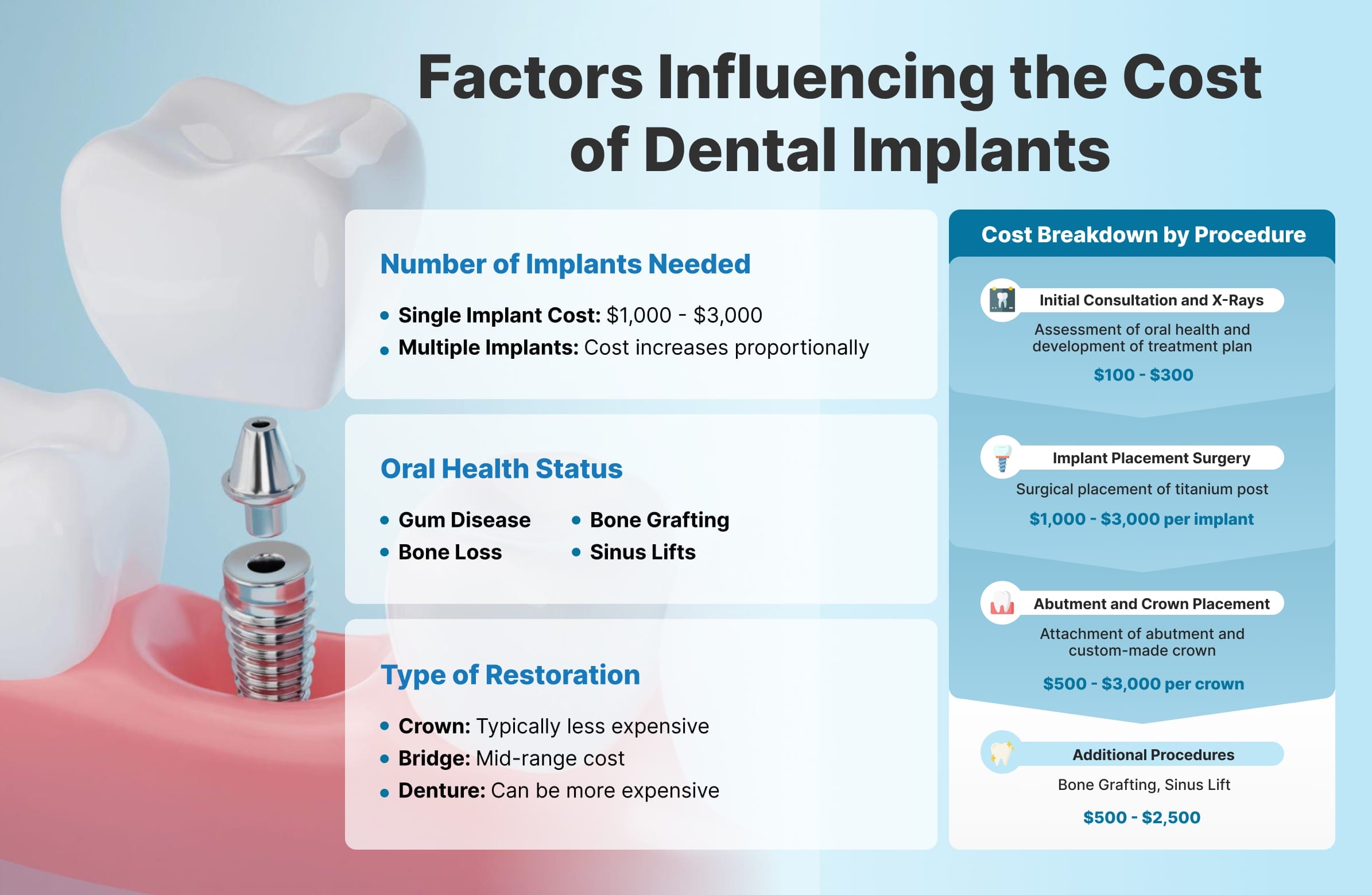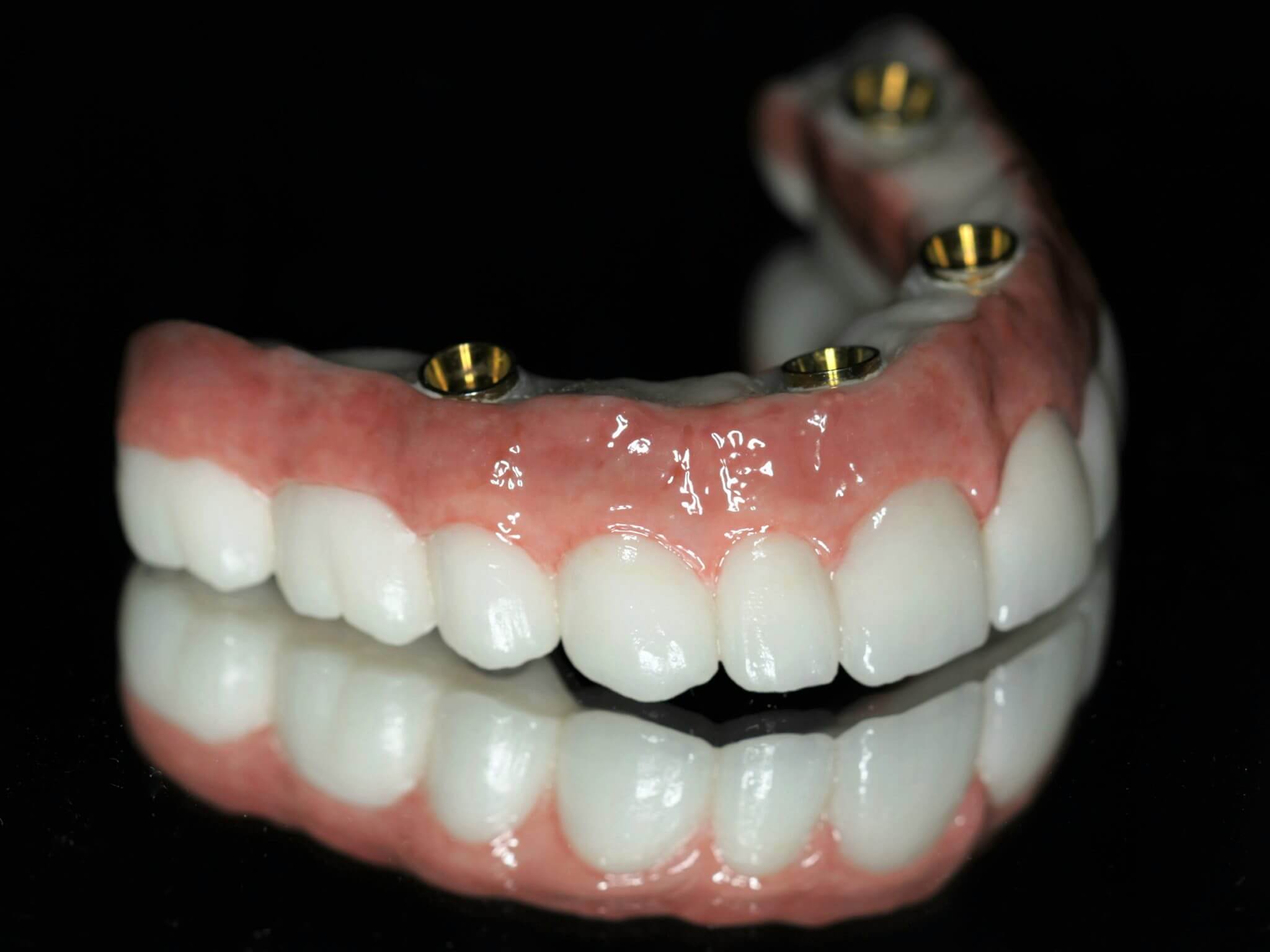Dental Sense for Dummies
Dental Sense for Dummies
Blog Article
The Ultimate Guide To Dental Sense
Table of ContentsAbout Dental SenseThe Single Strategy To Use For Dental SenseAn Unbiased View of Dental SenseDental Sense Things To Know Before You Get This
are clinical devices operatively dental implanted right into the jaw to recover a person's capability to eat or their look. They give assistance for artificial (fake) teeth, such as crowns, bridges, or dentures. When a tooth is shed due to injury or disease, a person can experience complications such as quick bone loss, malfunctioning speech, or modifications to eating patterns that result in pain.Dental implant systems contain an oral implant body and oral implant joint and may likewise consist of a joint addiction screw. Cosmetic dentistry services. The dental implant body is surgically placed in the jawbone instead of the tooth's root. The dental implant abutment is normally connected to the dental implant body by the abutment addiction screw and prolongs with periodontals right into the mouth to sustain the affixed synthetic teeth
(https://allmyfaves.com/dentalsense1?tab=Dental%20Sense)Structure of The Oral Implant System choosing oral implants, talk with your oral copyright regarding the possible benefits and threats, and whether you are a candidate for the procedure. Things to take into consideration: Your overall health and wellness is a crucial aspect in figuring out whether you are a great candidate for oral implants, how much time it will certainly take to heal, and the length of time the dental implant may remain in area.
Cigarette smoking may impact the healing process and decrease the long-lasting success of the dental implant. The healing procedure for the implant body might take several months or longer, during which time you typically have a short-term joint in location of the tooth. the dental implant procedure: Very carefully comply with the oral hygiene instructions provided to you by your oral copyright.
5 Easy Facts About Dental Sense Described
Implant failing can lead to the need for one more operation to take care of or change the dental implant system. Brings back the capacity to chew Brings back aesthetic appearance Helps keep the jawbone from shrinking because of bone loss Maintains the wellness of the bordering bone and periodontals Assists keep nearby (neighboring) teeth secure Boosts lifestyle Damages to surrounding natural teeth during dental implant positioning Injury to the surrounding cells throughout surgical treatment, such as sinus perforation Injury throughout surgical treatment (as an example, fracture of surrounding jawbone) Insufficient feature, such as feeling like the teeth do not bite together usually A sensation that the tooth is loosened or turning in position arising from a joint screw loosening up Implant body failure (looseness of the dental implant body) because of systemic infection, which may be more probable in patients with uncontrolled diabetes mellitus because of local infection in bone and periodontals supporting the dental implant body as a result of delayed recovery, which may be much more most likely in individuals who smoke Trouble cleansing the periodontals around the implant, leading to inadequate oral health Unattended periodontal disease Post-surgical numbness as a result of nerve impingement or damages Constantly alert health care carriers and imaging professionals that you have dental implants before any type of magnetic resonance imaging (MRI) or x-ray procedures.
FDA is not knowledgeable about any kind of negative events reported for MRI or x-ray procedures with oral implants. Oral implants systems are commonly constructed from products that comply with international agreement requirements of the International Organization for Standardization (ISO) or ASTM International. These requirements have information of what makes a risk-free product.

A dental implant is a structure that changes a missing out on tooth. With screw-like tools, the cosmetic surgeon inserts a dental implant right into the jawbone, and it acts as an anchor for a synthetic tooth, called a crown.
The Of Dental Sense
Some individuals are not eligible for oral implant surgical treatment. It is for oral specialists to operate people with: severe illnessuncontrollable metabolic diseasebone or soft cells disease or infectionIf these concerns are solved, a person can have the surgical treatment. In, dental cosmetic surgeons abstain from operating people with: If people with any of the above undergo oral implant surgery, there is a higher threat of the dental implant failing.

Oral implant surgical procedure is a customized process. It's not the very same for everybody. The following provides a basic introduction of what you can anticipate your dental expert, oral doctor, periodontist or prosthodontist to do: Position the dental implant operatively. Give you time to heal. Affix the blog post and final crown, bridge or denture.
Next, your specialist will carefully position the dental implant right into your jaw. Ultimately, your specialist will certainly rearrange your gum tissues and shut the cut with more information stitches. If your implant is near the front of your mouth, your dental professional will make a short-term tooth for you to put on up until you heal. In this way, you will not have a space in your smile while you recoup.
5 Simple Techniques For Dental Sense
Throughout the healing stage, your jawbone ought to fuse to the oral implant. This procedure can take anywhere from 3 to nine months.
Once your implant heals, your dental expert can attach the joint (small adapter article) and your final remediation (crown, bridge or denture). This typically takes about one hour to finish and may call for a 2nd small surgical procedure. You shouldn't really feel any discomfort throughout your oral implant procedure due to the fact that your service provider will certainly use medication to numb your periodontals.
Report this page